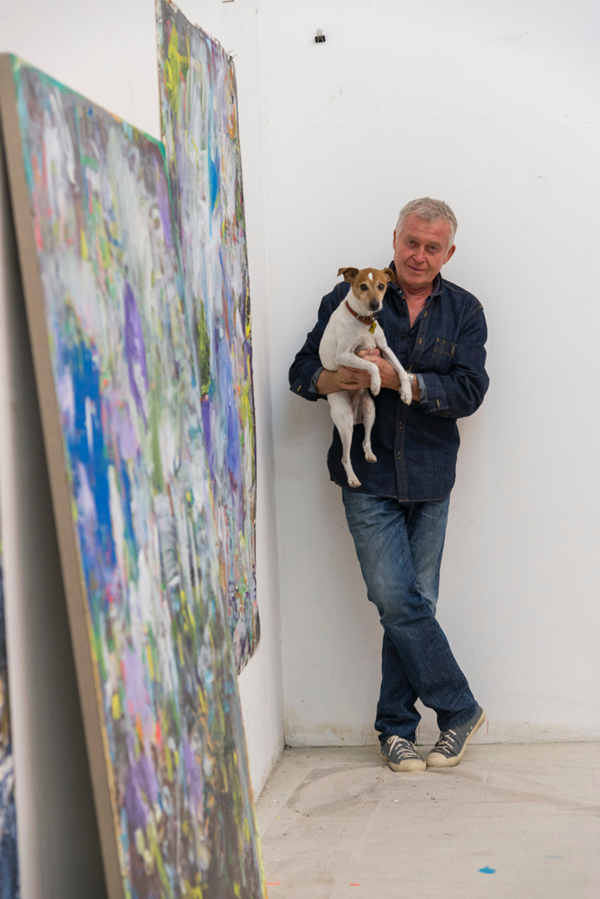Toni Bentley danced with New York City Ballet for 10 years under George Balanchine and is the author of five books that include The Surrender, An Erotic Memoir, about an obsessive love affair that introduced her to sodomy, rendering the physics, paradoxes and...

Q&A with Toni Bentley
read more


